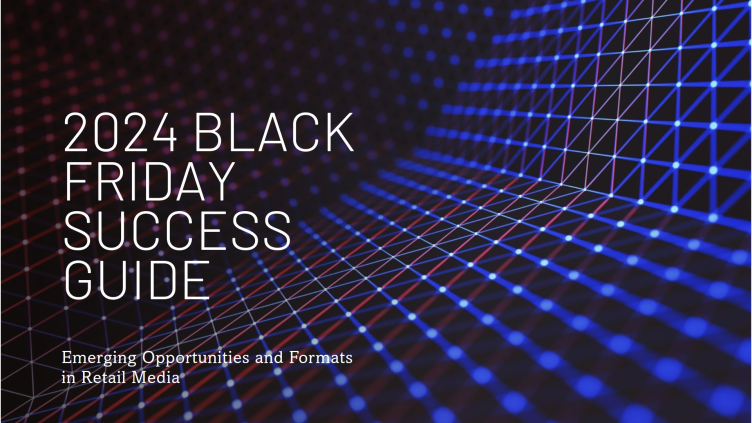Understanding User Engagement Decay in Mobile Applications: Strategies for Long-Term Success
In the rapidly evolving landscape of mobile applications, maintaining user engagement over time remains a core challenge for developers and product managers alike. While initial downloads and onboarding are critical, the true test lies in sustaining active user participation and preventing engagement decline. This article explores the dynamics of user engagement, factors influencing its decay, and practical strategies to foster long-term user relationships, illustrated with real-world examples including innovative features like electronic dice new features. Table of Contents Introduction to User Engagement in Mobile Applications Fundamentals of User Engagement Dynamics Psychological and Behavioral Foundations of Engagement Decline The Lifecycle of User Engagement: From Onboarding to Decline Case Study: Apps Demonstrating Engagement Decline The Role of App Design and Features in Maintaining Engagement External Factors Affecting Engagement Over Time Strategies to Mitigate Engagement Decline Measuring and Monitoring Engagement Decay Future Trends and Innovations in Sustaining User Engagement Non-Obvious Perspectives and Deep Insights Conclusion: Navigating the Challenge of Engagement Decay 1. Introduction to User Engagement in Mobile Applications User engagement refers to the degree of attention, interest, and involvement that users exhibit when interacting with a mobile application. High engagement is vital because it directly correlates with user retention, monetization, and app success. For example, apps that foster active participation tend to see increased revenue streams through in-app purchases or advertising, while disengaged users are more likely to abandon the app altogether. The engagement lifecycle typically begins with onboarding, peaks during initial usage, and gradually declines over time unless actively managed. Key metrics include daily active users (DAU), session length, retention rate, and user churn. These indicators help developers understand where and when engagement drops, enabling targeted interventions. From an economic standpoint, robust user engagement sustains the app economy, supporting millions of jobs worldwide and fostering innovation. As technology evolves, so do the tools to analyze and enhance engagement, exemplified by features like the electronic dice new features, which illustrate how thoughtful updates can re-engage users and extend the app’s lifecycle. 2. Fundamentals of User Engagement Dynamics a. How initial user interest is generated Initial interest is often sparked by compelling onboarding experiences, innovative features, or effective marketing campaigns. For instance, a game introducing a novel mechanic like electronic dice with new features can pique curiosity and encourage downloads. This novelty acts as an immediate hook, but maintaining that interest requires ongoing value. b. Factors influencing sustained engagement over time Factors include personalized content, social sharing capabilities, regular updates, and reward systems. Apps that adapt to user preferences—such as offering tailored challenges or introducing new features—help sustain interest. For example, integrating new gameplay modes or themes in a dice app can entice users to return repeatedly. c. The concept of engagement decay: what it is and why it occurs Engagement decay describes the natural decline in user activity over time. It occurs due to habituation, novelty fatigue, or market saturation. Recognizing this pattern enables developers to implement timely interventions. For example, user interest in a popular gaming app may wane after repeated play unless new content or features are introduced. 3. Psychological and Behavioral Foundations of Engagement Decline a. User novelty fatigue and habituation Repeated exposure to the same content diminishes its novelty, leading to habituation. In practice, this means users may lose interest if an app’s features remain static. Dynamic updates or introducing elements like electronic dice new features can counteract this fatigue by providing fresh experiences. b. The role of reward systems and motivation Rewards such as badges, points, or unlockable content motivate continued engagement. Over time, if rewards lose their value or are infrequent, motivation diminishes. Effective apps maintain a balance by offering meaningful incentives, thus sustaining user interest. c. Impact of competing apps and market saturation With numerous alternatives available, users often shift to newer or more engaging options. Continuous innovation and differentiation are crucial to retain attention. For example, a dice app with unique features can stand out in a crowded market, but must evolve to keep pace with user expectations. 4. The Lifecycle of User Engagement: From Onboarding to Decline a. Early-stage engagement strategies Effective onboarding, clear value propositions, and initial rewards foster early engagement. For instance, providing tutorials and immediate benefits encourages users to explore the app thoroughly. b. Transition points where engagement begins to decline Common transition points include after the initial novelty wears off or when users encounter barriers such as bugs or lack of updates. Recognizing these moments allows developers to implement re-engagement tactics. c. Typical patterns observed in app usage over months Studies show a sharp drop-off in active users after the first few weeks, followed by a plateau or gradual decline. Sustained engagement depends on continuous content refreshment and personalized experiences. 5. Case Study: Apps from Google Play Store Demonstrating Engagement Decline a. Example 1: Popular gaming app experiencing user fatigue A widely downloaded puzzle game saw high engagement initially, driven by challenging levels and rewards. However, after several months, user activity declined sharply as new levels and features were not introduced regularly. The lack of fresh content led to habituation and boredom. b. Example 2: Educational app with declining daily active users An educational app experienced a steady decline in daily usage after the first few months. Analysis revealed that users found the content repetitive and unaligned with evolving learning needs. Introducing interactive quizzes and new modules helped rekindle interest. c. Analysis of factors leading to engagement drop in these cases Common factors include static content, lack of personalization, and market saturation. These cases highlight the importance of continuous innovation and understanding user expectations to prevent decline. 6. The Role of App Design and Features in Maintaining Engagement a. Personalized content and adaptive interfaces Personalization, such as tailored recommendations or adaptive difficulty levels, maintains relevance. For example, integrating features similar to electronic dice new features can offer unique, personalized gameplay experiences. b. Gamification and reward systems Gamification elements like badges, leaderboards, and challenges sustain motivation. These systems encourage users to return and achieve new goals, preventing boredom. c.


